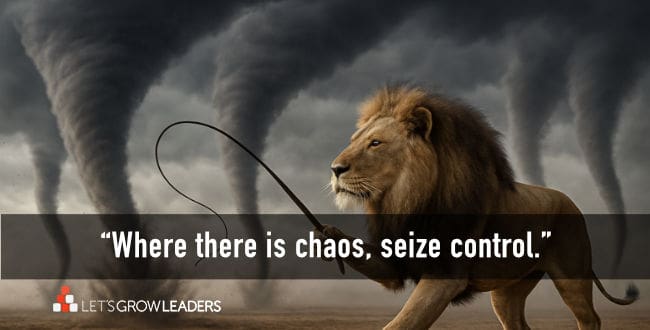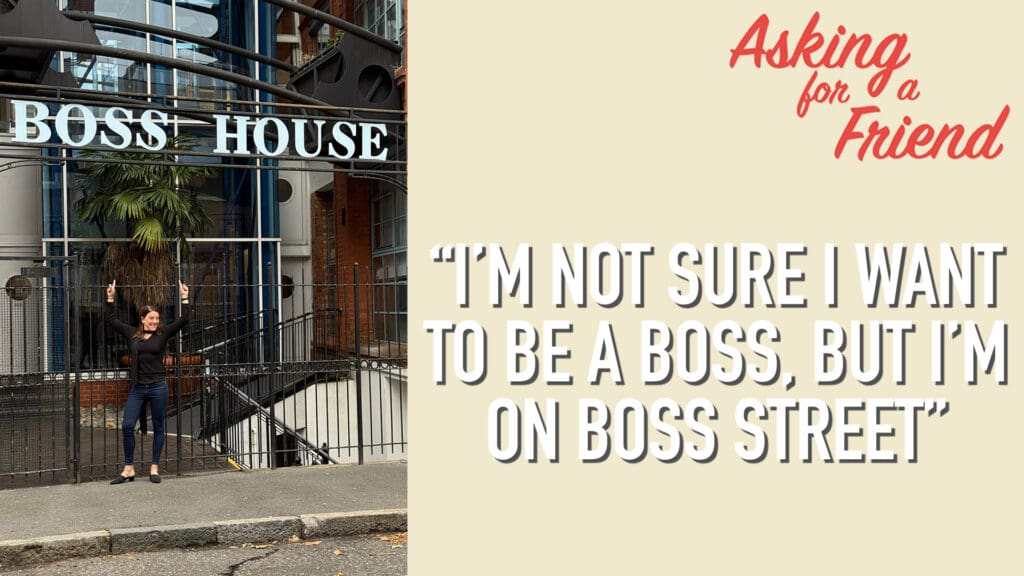Do you know what scares your team the most right now?
Your job is to reduce ambiguity and build courage and hope. So you’re doing the best you can to ensure everyone feels safe. But it’s not easy. Because if you’re like most leaders, you’re at least a little bit scared too. But who likes to talk about that?
But you know the truth? It’s when we’re afraid to talk about what scares us, that things get really mucked up.
Try this easy exercise to get underneath your team’s hopes and fears and engage in productive dialogue.
The other day I was leading an Own the U.G.L.Y. exercise as part of a strategic planning executive off-site. I had a hunch that we weren’t getting to the heart of the issue.
The strategic initiative they were considering would require an exponential increase in collaboration across departments. People who were geographically dispersed, who seldom worked together and had competing objectives. I worried if they didn’t acknowledge and talk about that, their carefully crafted plans wouldn’t stand a chance.
So I gave every leader an index card, with the letter H on the front and the letter F on the back.
I asked everyone to write one H- hope they had for this initiative on the front and one F- fear they had on the back.
I collected the cards and sorted them into themes.
The hopes gathered easily into a few categories. They hoped the strategy would lead to increased revenue, improve the customer experience and improve the brand. They were united in the vision of why this was important. Great. That’s a vital start.
But what was really interesting were the fears, or should I say THE fear.
There was no sorting necessary. Every single person in the room was scared of EXACTLY the same thing: Could they count on the other people in the room to execute this strategy well?
But no one was bringing it up.
After I read 2/3 of the cards out loud the point was made. Yikes. If the senior team was this worried about one another’s ability to execute, how would they convince their teams to take those risks?
Before they did anything else, they needed to get real and talk about their perceptions and concerns.
What happened next was pure magic.
How can you make it simple and safe to talk about what scares your team? What difference would that make?
Your turn. What are your best practices to encourage people to surface and talk about their fears?







0 Comments